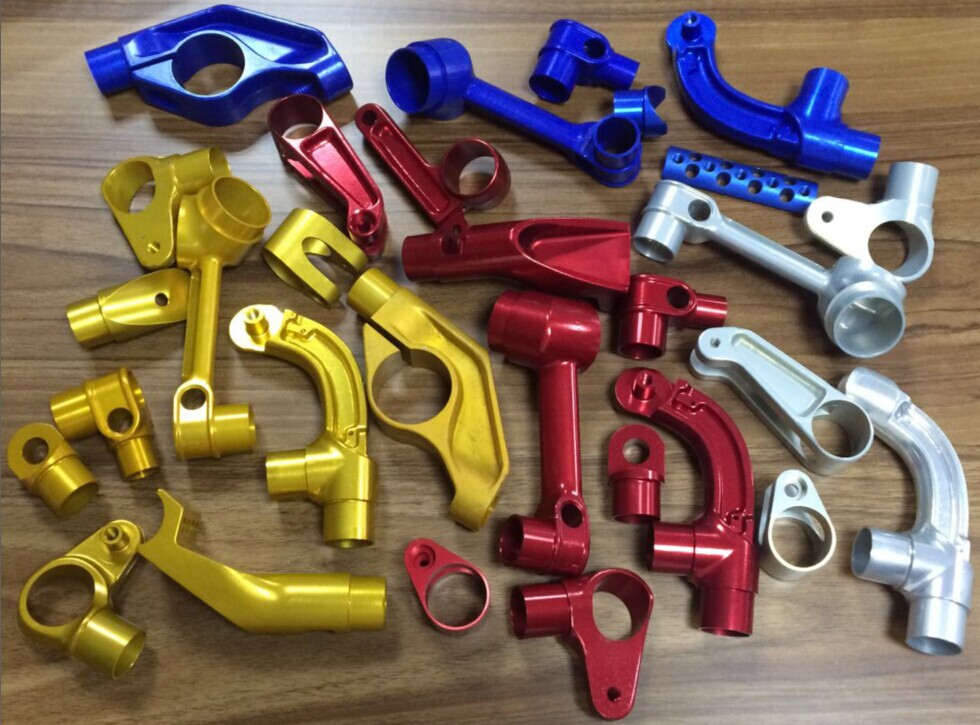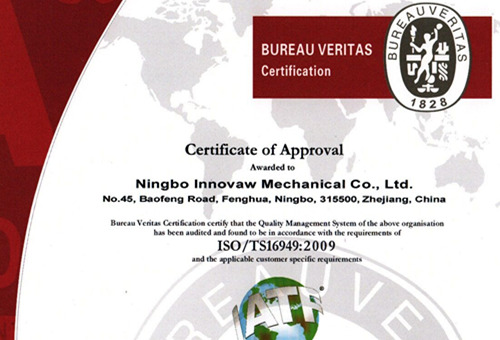Application of numerical simulation in sand casting and die casting
Since casting is a solid-to-liquid to solid-state process, this process is full of uncontrollable factors, especially the liquid filling process and solidification process, but with the development of numerical simulation technology, we can pre-set some The parameters of the control factor (for example, sand casting, such as: various parameters of the molding sand, the temperature and chemical composition of the metal liquid), according to these parameters set in the numerical simulation software (such as procast), to carry out flow and solidification simulation, Process optimization is performed based on the results of the simulation. Casting filling and solidification process The development of computer simulation has entered the practical stage of engineering. Casting production is guided by scientific theory. The numerical simulation of the casting filling solidification process can help the staff to effectively predict the various defects, their size, location and time of occurrence of the casting before the actual casting, and take countermeasures to ensure the quality of the casting before pouring. Shorten the trial cycle and reduce production costs.
1.low pressure casting (hub)
In the low-pressure casting process of wheel castings, low-pressure casting is now using bottom-injection casting. Air-cooling and water-cooling methods are used to control the mold temperature, which is important to prevent shrinkage shrinkage, coarse structure and prolonged production cycle. Now taking water cooling as an example, the calculation and water-cooling controller are simulated in the metal mold design, and a reasonable cooling system is designed by simulating the flow and solidification of the hub casting during the cycle. Control the heat loss or accumulation of the mold by using a water-cooled controller. Productivity can be increased by reducing cycle times and casting defects on the foundry's low pressure casting wheel casting line.
The simulation calculation first performs pre-processing. The main work of the pre-processing is to perform mesh analysis on the 3D solid modeling of the casting mold, then import the solid modeling file into the simulation software, and input the actual setting conditions, including the inflow boundary, initial temperature, and thermoelectricity. Even position setting, pouring temperature, chemical composition of aluminum liquid, pouring time, etc. After the pre-treatment is completed, the numerical simulation calculation is started, including the forming and opening process in one cycle. The forming process considers filling and solidification, and the opening process only considers the heat transfer of the mold cavity. The numerical simulation calculation section can consider multiple cyclic processes in order to observe whether the production process is stable.
After the simulation calculation is completed, it is a post-processing process, which is mainly to visually analyze the simulation calculation results and adjust the casting process parameters.
Through this simulation analysis, the effects of temperature and filling on wheel defects can be predicted. For reference, the process personnel can optimize the solution according to the result and control the temperature to improve the quality of the product. Finally, the actual results can be compared with the simulation results for further verification.
2.Progress in numerical simulation of die casting process
The high pressure casting (referred to as die casting) production process is a dynamic cycle process in which the mold temperature rises or falls periodically as the die casting cycle progresses. In a very short time after the metal liquid is pressed, the mold temperature rises to the highest point and then rapidly drops, and the change thereafter is smooth and the magnitude and speed of the mold temperature change gradually decrease as the distance from the casting increases. These periodic changes cause periodic thermal expansion, shrinkage and thermal stress on the mold surface, which ultimately leads to thermal fatigue failure of the mold [1]. Therefore, the numerical simulation method is used to predict the temperature distribution and variation of casting parts and mold parts, which can achieve the purpose of optimizing the process control and ensuring the quality of castings, shortening the trial production cycle, reducing production costs and improving economic benefits.
The cost of die-casting molds is high, the production is difficult, and the precision is high. This has high requirements for designers. The best result is a success and maximize the benefits. Numerical simulation provides a good platform for the inspection process to be performed before the mold is produced, so that the die casting process is digitally represented.
3.Conclusion
Through the above introduction, the application process of numerical simulation technology in sand casting and die-casting actual production is described. The results show that the casting numerical simulation technology can help designers to predict the defects that may occur in the casting process, and use different schemes to compare and develop the optimal process. The solution ultimately optimizes the casting process. In terms of mold cost, it can reduce the cost of mold production and repair costs caused by process, and shorten the product development cycle. At the same time, it saves the cost of the test and has significant results in terms of cost CI. With the development of computer software and hardware software technology, numerical simulation technology will be more widely used in foundry production, making the uncontrollable flow and solidification process gradually become a controllable factor.






.png)


.png) +86-574-83036520
+86-574-83036520 +86-574-83008051
+86-574-83008051 sales@innovaw.com
sales@innovaw.com

.png)

.png)
.png)
.png)

.png)
.png)
.png)








.png)
